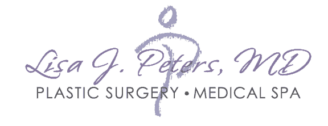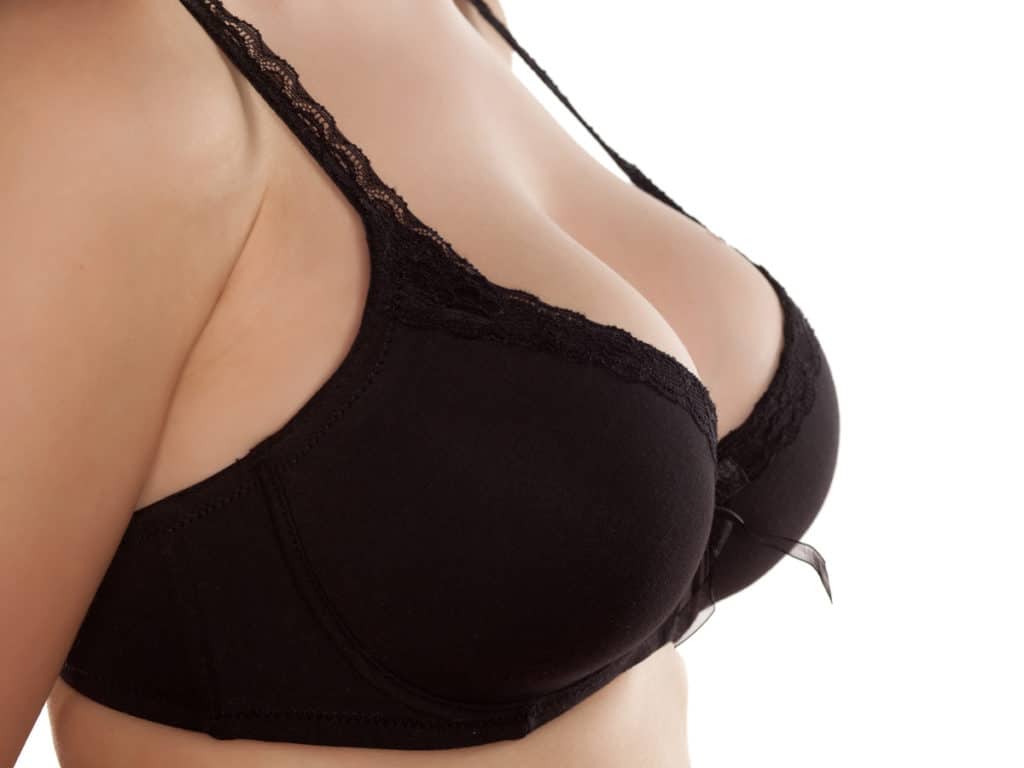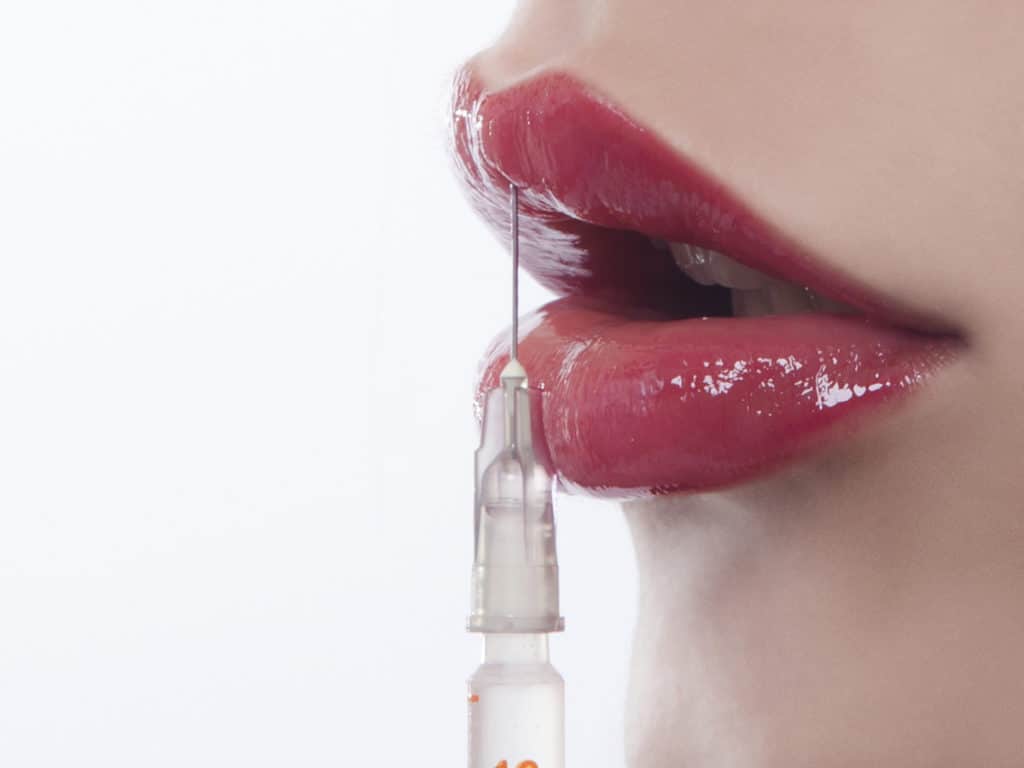Part 3 of a 3 Part Series
I hope you’ve had a chance to read the first 2 installments of this breast implant series. If not, it would be very helpful to start from the beginning and catch up on the basics of implant types, sizes, and profiles before moving on to your implant shape choices.
Implants Come in Different Shapes?
Traditionally, breast implants have been “round” in shape. Let me clarify this. A round implant is not shaped like a ball. It is flat on the back side (the side that sits against a woman’s rib cage) but round in that it’s equally tall and wide. How far it sticks out from the rib cage is referred to as its “projection,” which was discussed in part 2 of this series.
For many years, round implants were the only option available in the US, so most women in our country have round implants. Virtually all of the saline implants available are round, so for the remainder of this discussion, assume that we’re referring to silicone implants. In 2012, the FDA approved a shaped implant, though they had been available elsewhere in the world for a long time. These are referred to by several names including shaped silicone, anatomic, tear drop, and gummy bear (no, they’re not shaped like candy, but the name will make sense in a minute).
Cohesivity
In order to understand some of the pros and cons of the round and shaped silicone implants, we need to start by talking about the silicone gel that fills them. There have been several versions of silicone gel used in implants over the past 5 decades. Early silicone implants had gel that was liquidy, while the implants we use these days contain a gel that’s referred to as “cohesive.” This means that it is thicker in its consistency, sticks to itself, and basically is more solid than liquid. The more “highly cohesive” a gel is, the more solid it is.
Traditional round silicone implants contain a cohesive silicone that has a texture I like to describe as a cross between Jell-O and honey. It’s kind of a solid, kind of a liquid, gooey, and sticky. This results in an implant that is soft and squishy like the texture of most women’s breasts, which makes these implants feel pretty natural in most cases.
Shaped silicone implants are teardrop-shaped with more fullness at the bottom and less fullness at the top. They were designed this way to more closely mimic the shape of a natural breast. Part of the way they achieve this shape is that they’re filled with a silicone gel that is more highly cohesive, which basically means it’s more solid than liquid, which holds its shape better. Just as a gummy bear candy doesn’t lose its filling and deflate when you cut it in half, these implants won’t either, which is how they got their colorful nickname! Because the gel that fills them is firmer, the feel of these implants tends to be a little firmer as well.
Though shaped implants were the original more highly cohesive option, there are now many different round implants that are filled with varying types of more highly cohesive silicone.
Texture
Implants are also available with different exterior surfaces. A smooth implant is, as may be evident by the name, has a smooth exterior shell. A textured implant has a rough exterior surface. The texturing can be beneficial, as it serves as a type of Velcro that the body grabs on to as it heals. This textured surface is particularly important in shaped implants, as we want the fullness to stay at the bottom of the breast where it looks better, and the texturing lowers the risk that the implant will rotate into a position that doesn’t look as nice. Unfortunately, a few years ago it became apparent that there is a type of lymphoma (blood cancer) that is uncommonly found in women with breast implants (breast implant associated anaplastic large cell lymphoma, otherwise known as BIA-ALCL) and almost every case of this lymphoma was found in women with textured implants, particularly one specific brand. That brand of textured implants was taken off the market and due to the risk of BIA-ALCL, textured implants are now relatively rarely used. I will use other brands of shaped, textured implants occasionally in patients with specific breast anatomy where I feel that their result will be much better with the use of these implants, as long as the patient is willing to accept the small risk of BIA-ALCL. For everyone else, an implant without the textured surface is preferable.
The Bottom Line
Shaped implants are now rarely used due to their texturing, so almost all implants these days are round. The good news is there are so many options in terms of volume, profile, cohesivity, and even non-textured surfaces of round implants that we really can customize the implant selection to each individual patient’s anatomy and goals.
Conclusion
Well, if you’ve read the whole 3 part series, you are now well versed in the choices women have in choosing their breast implants. If you’re considering breast augmentation, hopefully this will help you feel more comfortable with the process. If you’re not in the market for “new” breasts, you at least have plenty of information for cocktail party conversation (believe me, people like to talk about this stuff)! Learn about Motiva implants



